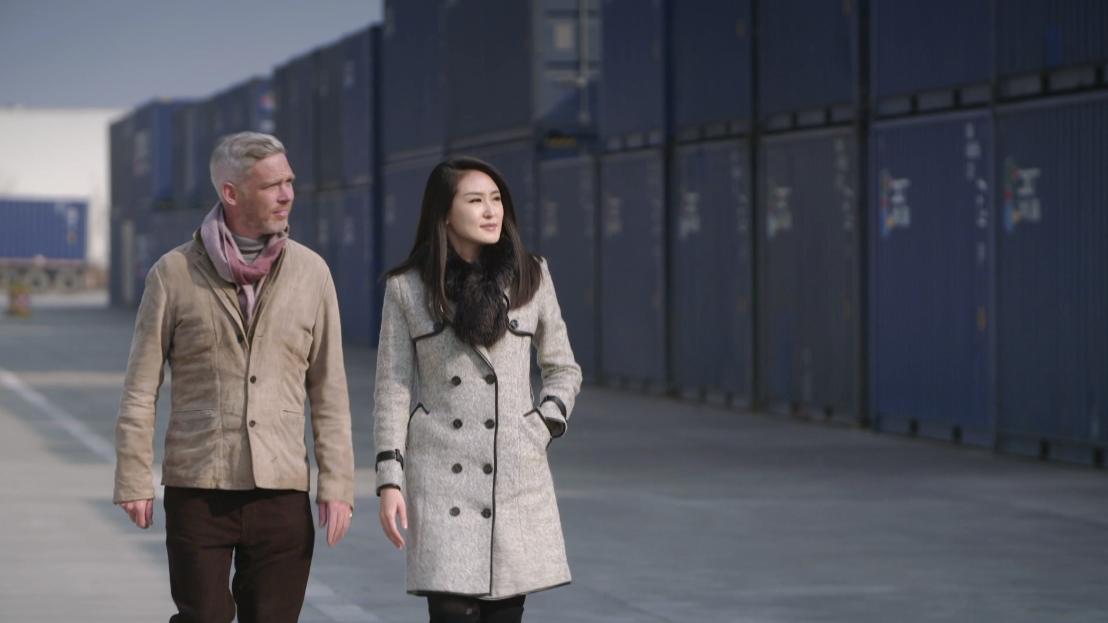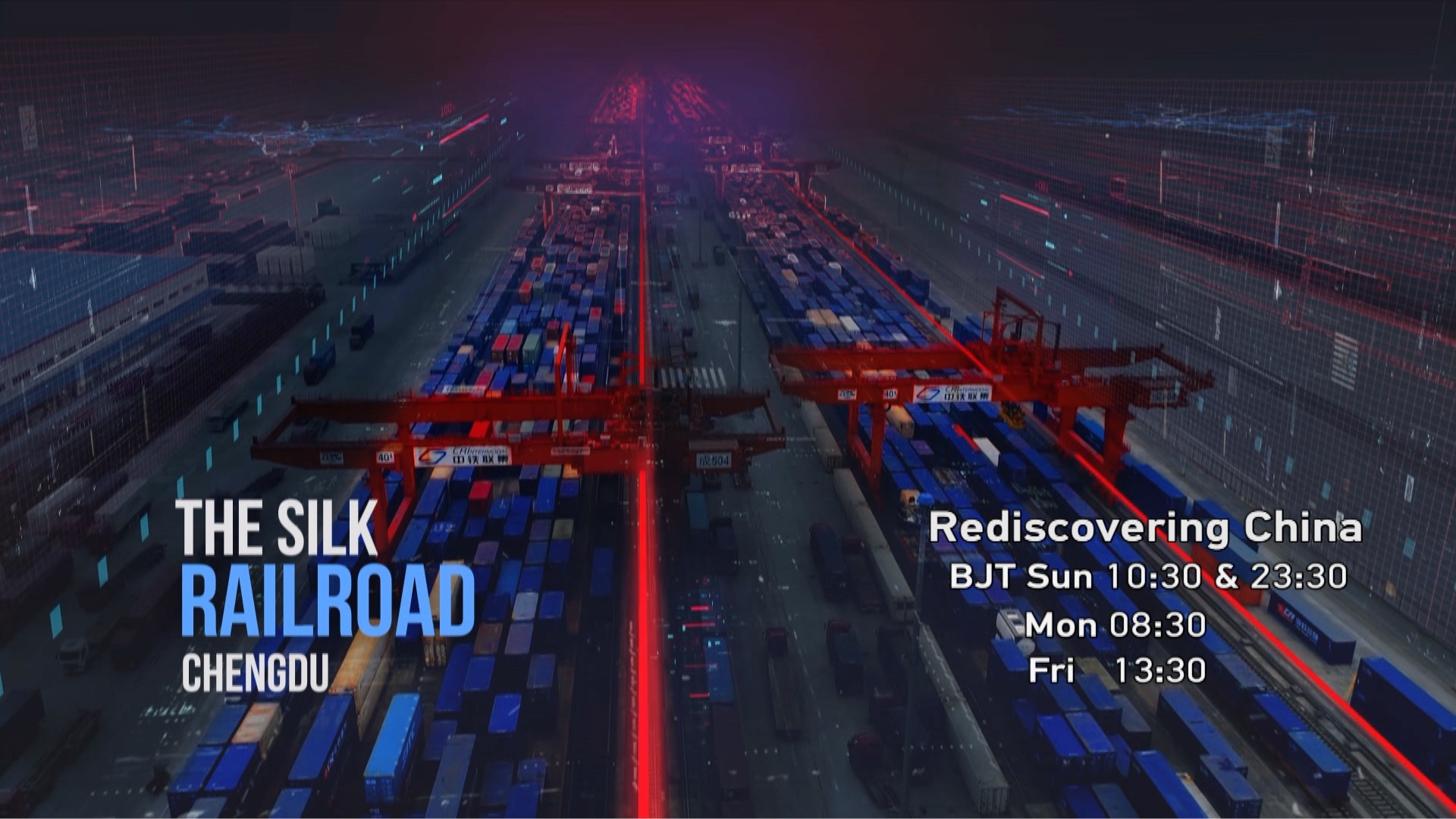
Business
12:05, 07-Sep-2018
The Silk Railroad: Connecting the world
Updated
12:01, 10-Sep-2018
CGTN's Li Qiuyuan

CGTN journalist Li Qiuyuan teams up with British historian Sam Willis to explore how the Silk Railroad is benefiting the countries and people along the route of the Belt and Road. Join the adventure, in the first ever co-production by CGTN and National Geographics "The Silk Railroad"
01:42

More than 4000 freight trips have been made since the China-Europe rail networks began its operation in 2011. It connects 28 cities in China and 29 cities in 11 European countries.
"Transit-oriented development" could become new engine for global growth.
It was the coldest January I could remember, and I was on my way to Asia's biggest rail cargo base in Chengdu, capital of southwest China's Sichuan Province. A train from Nuremberg, Germany was scheduled to arrive in about an hour after travelling 14 days.
Everything around me was so alive, cranes swinging containers from trucks onto freight trains, new trucks coming in and filling the road, it was modern, international freight trade in action.
Truth is, Chengdu has long been the intersection of northern and southern Silk Roads and the economic belt of the Yangtze River since 2000 years ago. The metropolis is now striving to become an international trade hub and an industrial center. Not surprisingly, the "Chengdu-Europe Express Rail", the train we've been waiting for, has become a crowning achievement of the Chengdu's decades-long transformation into a transport hub.
Taking a look at the big picture, the "Chengdu-Europe Express Rail" does reflect a pattern of Eurasia's cross-border rail networks. If you examine the places where the highest frequencies of trans-Eurasian trains depart from both China and Europe, you are more likely to come across massively built high-tech or other industrial zones. These trains are linking spots such as Chengdu, Chongqing and Zhengzhou, the emerging backbones of China's new manufacturing empire--with Europe's industrial giants, such as Duisburg, Warsaw and Hamburg. Those are the cities where the ideal cargo for these trains is manufactured: high value, heavy weight electronics and machinery. These are products which the clients usually want to get to their destinations ASAP and are valuable enough to make some extra dollars per container that they spend on ocean shipping.

SITEMAP
Copyright © 2018 CGTN. Beijing ICP prepared NO.16065310-3
Copyright © 2018 CGTN. Beijing ICP prepared NO.16065310-3